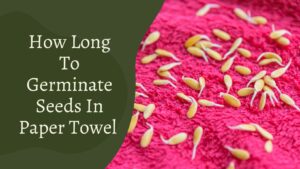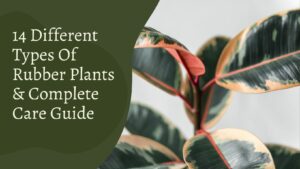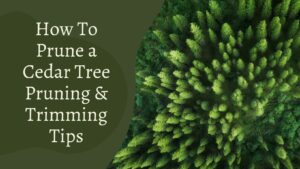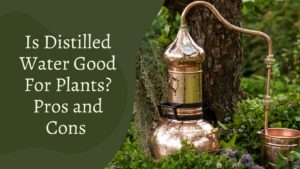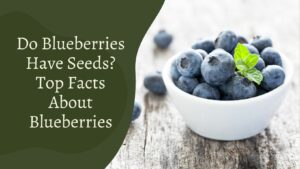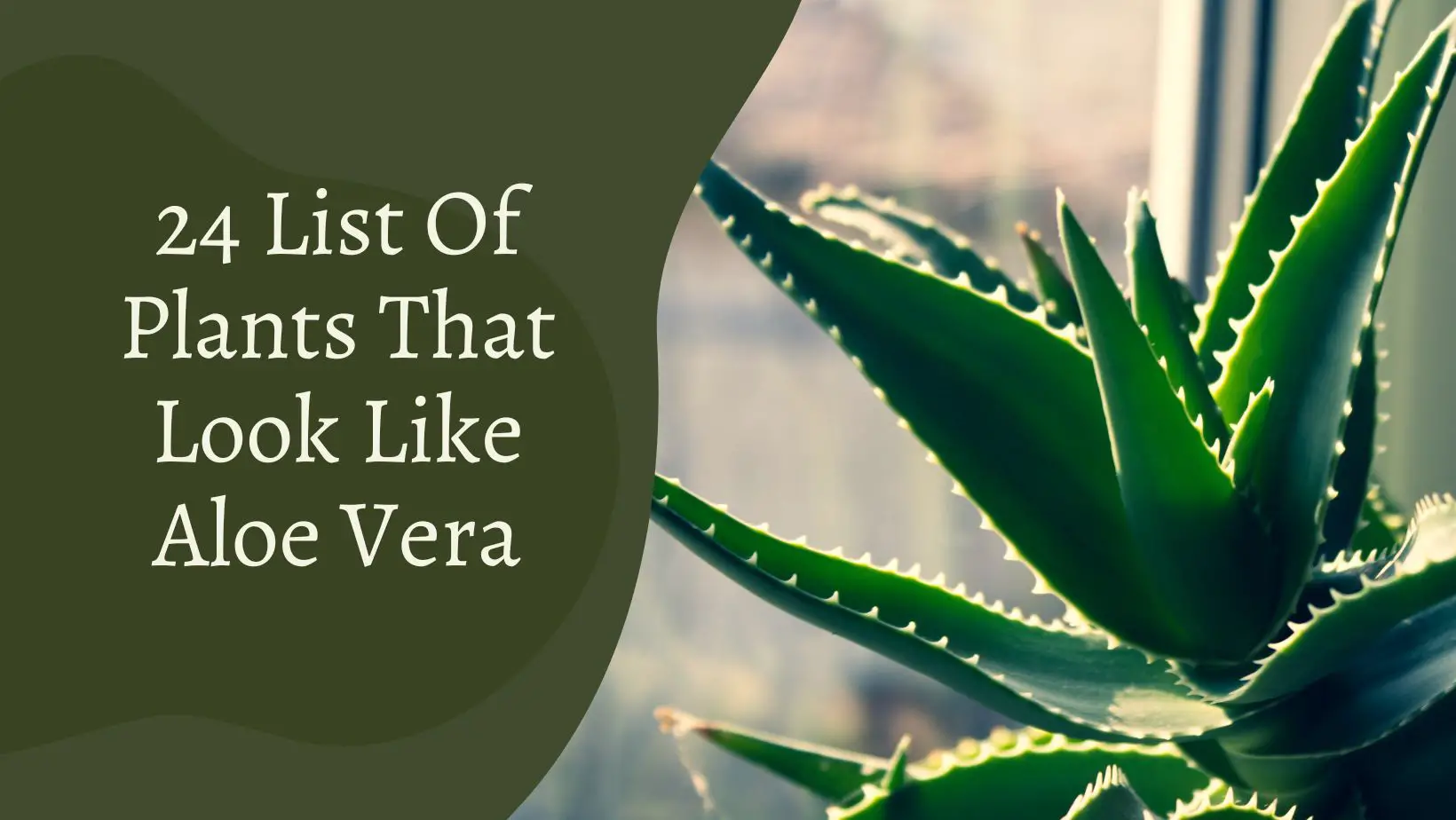
There are several plants that look like aloe vera in appearence in which people usually get confused. This article provide you all the plants that look like aloe vera plant. Aloe has thick, fleshy leaves that are folded together into a dense rosette, making it simple to identify. Many aloe species may be cultivated in the convenience of your own home, with over 300 kinds accessible.
Many kinds of aloe vera are exceedingly ornamental, making it popular among houseplant aficionados. Aloe vera shares a close relationship with a few other plants, although they go by various names. This article will describe various plants and compare them to aloe.
However, Aloe is a perennial plant that may grow up to 13 feet tall (4m). It has branching and taprooted roots. The stem is upright, branching, and covered with leaves that alternate in position.
They have a smooth, matte surface and are a delicate shade of greenish-blue. Aloe has a pencil-like succulent base with a linear-lanceolate form and pointy extremities. Their edges are spiky-toothed.
Agave plants:
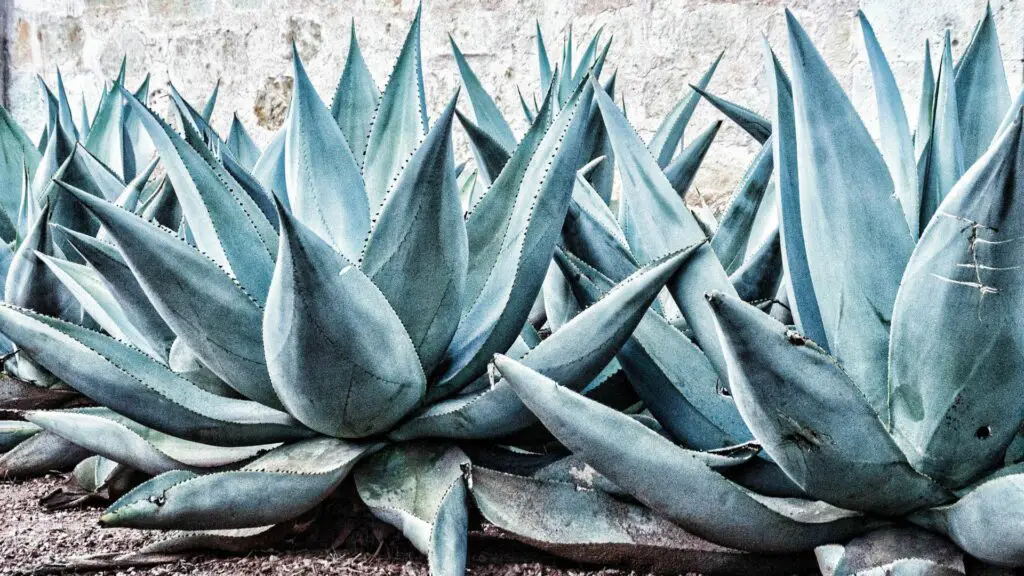
Agave is a stemless perennial asparagus plant native to Mexico, North and Central America, and the Caribbean.
The leaves of the agave plant are big and meaty, and they can be widened or contracted to produce a dense root rosette. There is a sharp point at the end. The spines on the margins of most species are either straight or curved.
Agave leaves come in a variety of colours, including grey, green, and blue-green. Some agave species feature thread-like yellow or silvery-white stripes on their leaves. The surface of the leaf plate is covered in a beautiful waxy patina.
In the wild, the agave blooms once every ten to fifteen years, depending on the circumstances. There are more than 270 types of agave plants. A long flower stalk produces a spikey or paniculate inflorescence with many yellowish blooms.
Hechtia plant:
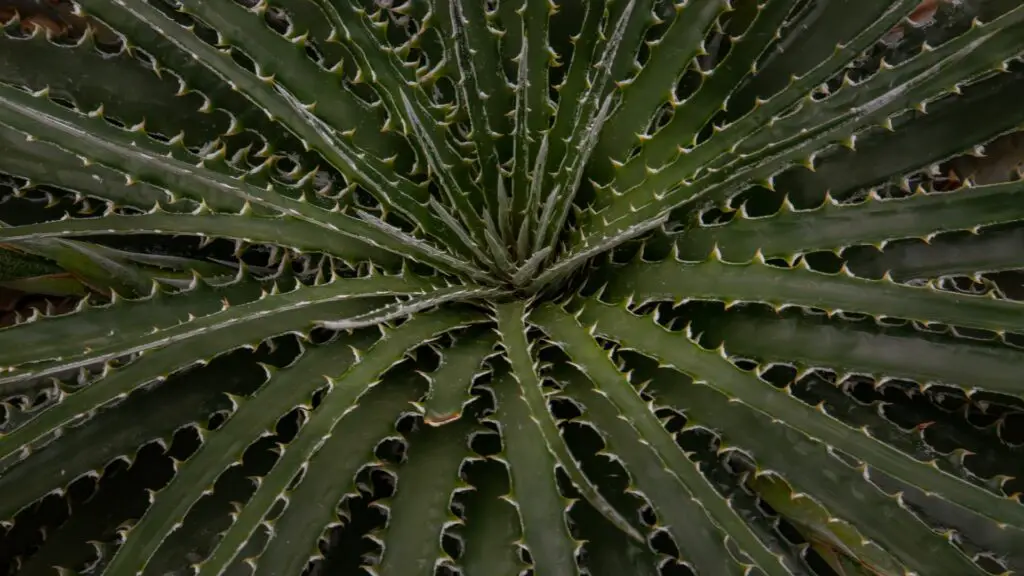
Succulents are closely related to Hechtia, a form of terrestrial bromeliad. Hechtia is a Central American and Mexican native. Hechtia texensis are one of the plants that look like aloe vera. Its leaves are tall, thick, pointy, rigid, emarginate at the edge, and sparsely pricked. The leaves form a thick, dense rosette that measures 1.60 feet (50cm) in diameter. On Hechtia plants, little white, greenish, pink, or maroon-red blooms are grouped in spikelets.
Bergeranthus plant:
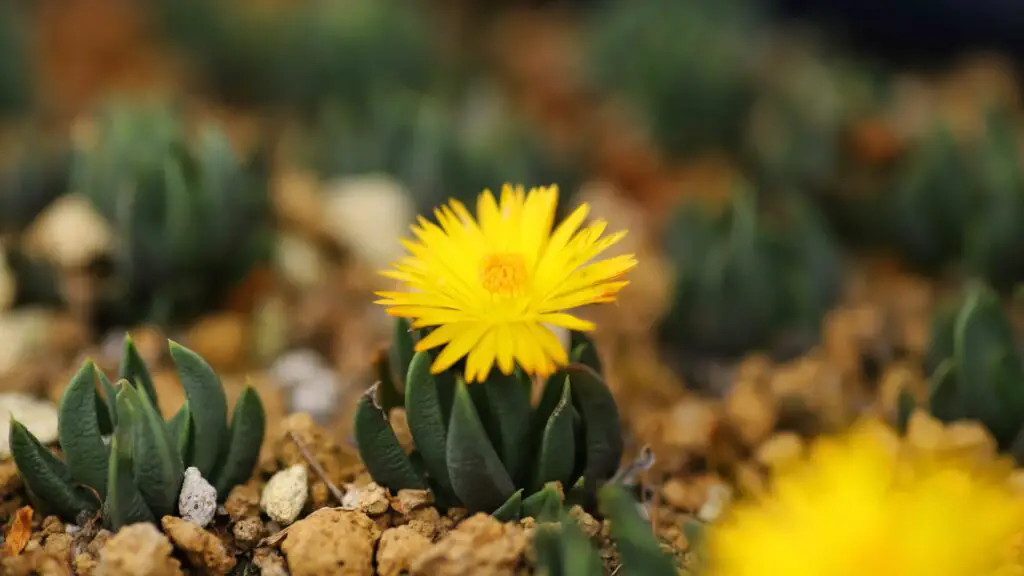
Bergeranthus is a succulent that few people are familiar with; it is largely known among succulent specialists and lovers. Bergeranthus is a South African native. In their native settings, succulents like this one may grow to gigantic lengths.
Indoors, two of the plant’s 12 species are grown:
The leaves of Multiceps bergeranthus are grouped in rosette-like clusters of up to 10 pieces each, firmly packed together.
The leaves have a trihedral prism structure with a pointy end that is 2.5 inches (6 cm) long. Yellow solitary blooms with a diameter of 1 inch (3 cm) bloom on the plant.
The leaves of Bergeranthus scapiger are a deep, rich green. Color-coordinated 10 cm or so in length, with a wide base and tapering ends.
Faucaria plant:
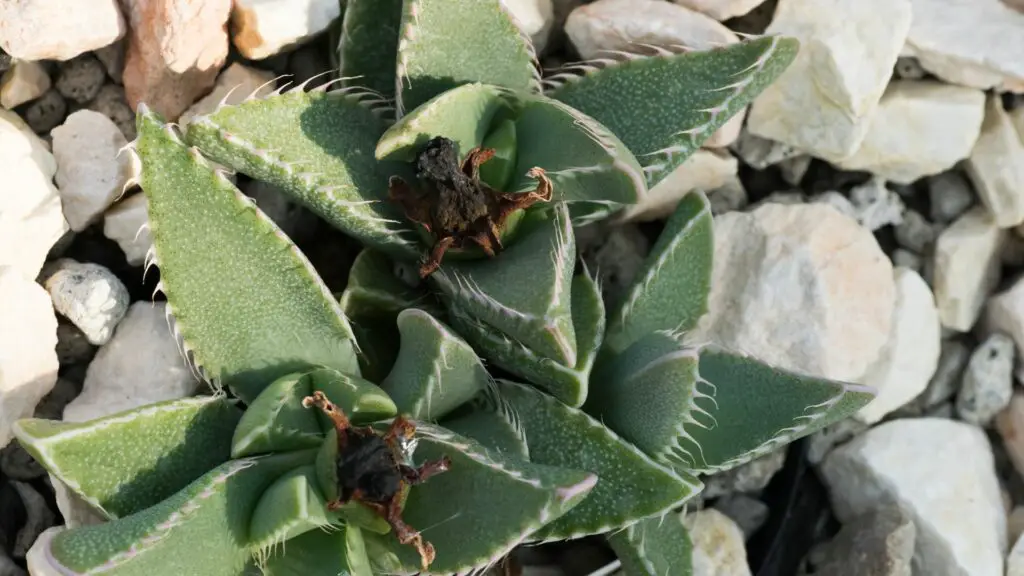
Faucaria is a South African succulent that belongs to the Asiatic family. The term fauces comes from the Latin word fauces, which meaning “animal mouth.”
Sharp, white outgrowths resembling teeth can be seen on its leaves, thus the name. When the leaves are collected together, they form a rosette shape. Each rosette has three to six leaf pairs growing across.
Single blooms with a diameter of 2-3 inches (6-7 cm) are produced on spikes by Faucaria. The blooms’ golden petals come in a range of shades. Only during the afternoon are the blooms open.
At night, they fold their petals into a bud and hold it there till the morning. On the plant, each blossom lasts approximately a week.
Haworthia plant:
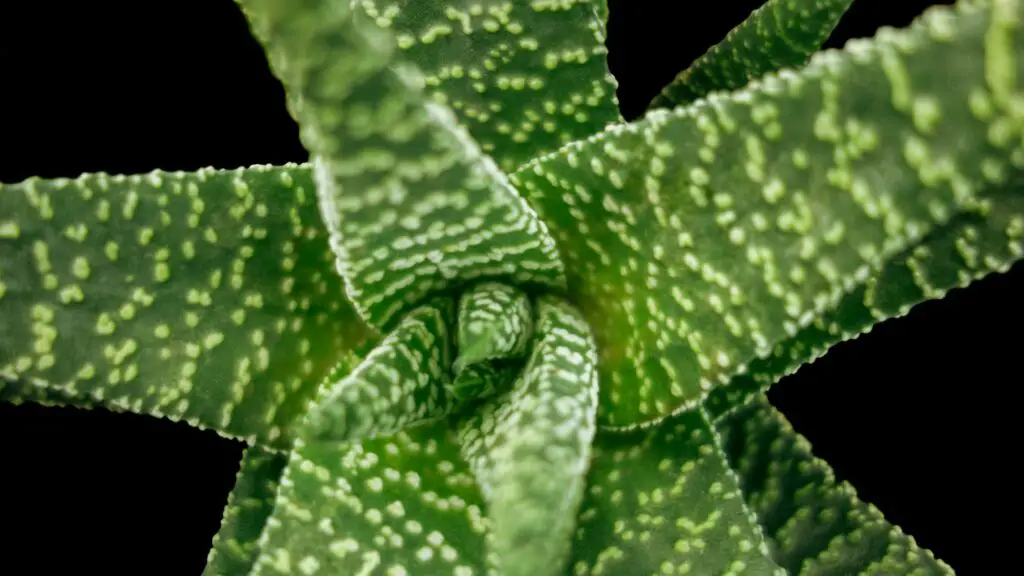
Haworthia is a wonderful plant found in the South African steppes and deserts. The 150 or so species of Hawortia have a wide range of leaf appearance and colour, including convex wart-like warts, blunt and fleshy leaves coated in spines, and yellow and silver striped leaves.
The plant has rosette-shaped leaves that can grow up to 11 inches (30 cm) long. The leaves form a thick clump. Haworthia has the shape and one of plants that look like aloe vera or a small agave. You’ll never see it blossom if you try to cultivate it at home.
Gasteria plant:
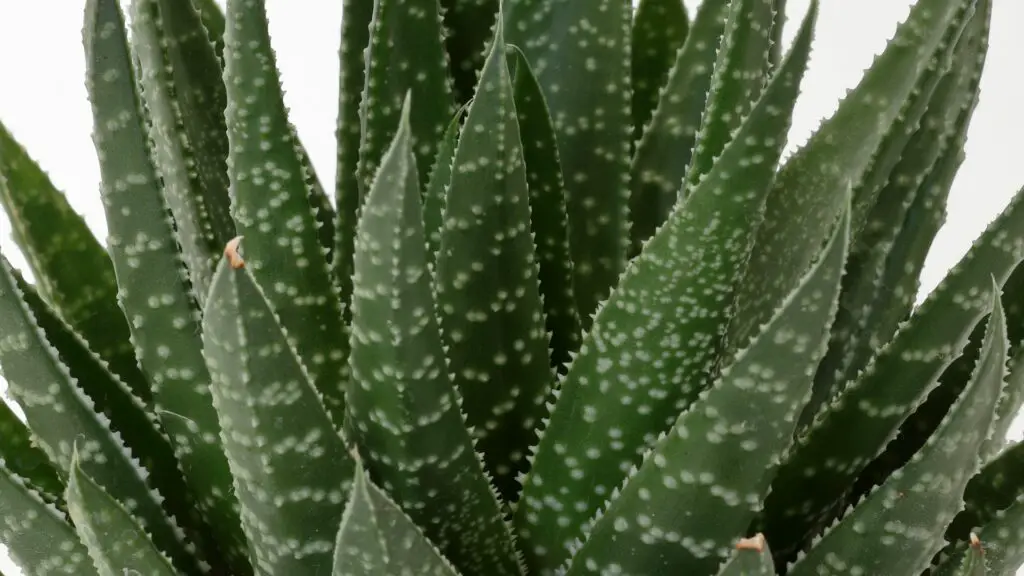
Gasteria is a desert succulent from South Africa that belongs to the Asphodelaceae family. Its tiny, waxy-looking leaves are a rich shade of dark green with short, fleshy edges. The leaves are coated in brown or silver streaks. Some species have white speckles on their leaves.
Pink, orange, white, and red flowers with a diameter of 0.5-1 inch (2 to 3 cm) are among the flower hues. The clusters of flowers grouped into brushes or panicles are held in place by an oblong flower stem.
Snake Plant (Sansevieria)

Sansevieria is a tree-like plant with no branches. It is native to Africa, India, Indonesia, and other Asian nations, and belongs to the Asparagaceae family. The snake plant, commonly known as mother-in-tongue, is another popular houseplant. law’s.
When cultivated in a container or pot, the Sansevieria plant’s succulent, dark green, lance-shaped leaves form a thick, dense rosette. The thick leaves can grow up to 4 feet in length (120 cm). The darker stripes and borders on the leaves can vary widely depending on how the plant was bred.
People mistakenly believe that all Aloe plants are Aloe Vera, however this is not the case.
This has resulted in a great deal of ambiguity, which might have catastrophic repercussions. It’s possible to die from putting the wrong Aloe on a wound or swallowing the wrong Aloe. Poisonous plants that look like aloe vera include:
Aloe Elata (Aloe Vera)
Aloe elata is a tall East African tree that is unbranched and can reach a height of 20 feet with age. On mature plants, the leaves are channelled and recurved, and when torn, they emit a rat or mouse odour. Flowers are red in bud and turn yellow when they open on multibranched inflorescences.
The leaf sap has a rat-like odour and is hazardous due to the presence of alkaloids.
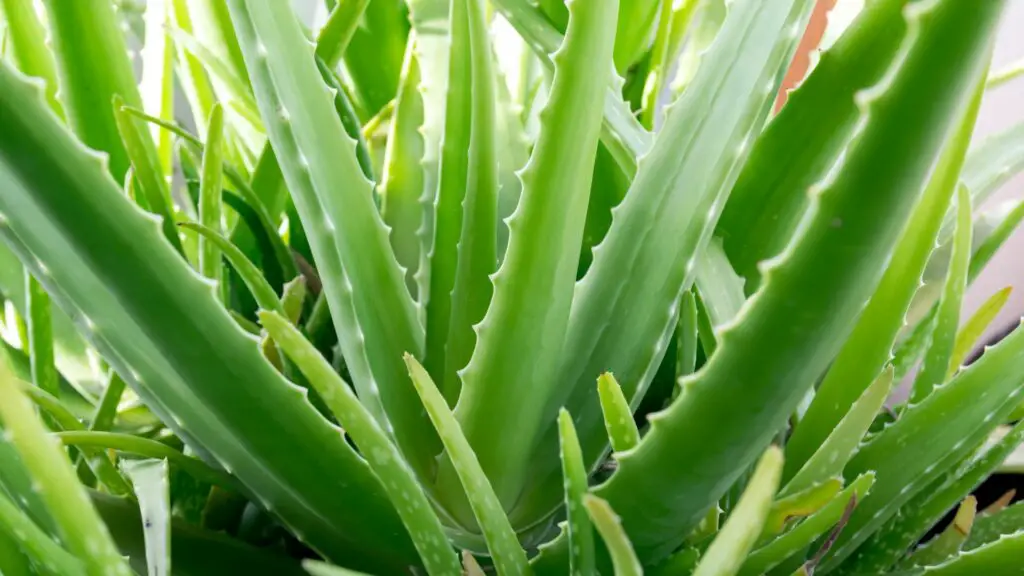
Aloe Ruspoliana
It’s a stemless aloe with large clusters of green or yellow-green leaves. It’s prevalent in Ethiopia, Somalia, and Kenya, although it’s not grown there. When the leaves are broken, they emit a rat or mouse odour. Yellow blooms are arranged in a flat circular inflorescence on multi-branched inflorescences.
Aloe Africana is a plant native to Africa.
Africa is home to this species. Their rosette leaves are linear-lanceolate, up to 0.65 m long, with a grey-green surface and tiny reddish teeth around the margins. Flowers are up to 55 mm long and brilliant yellow to orange in colour, borne on an upright, unbranched or branching inflorescence. The wind disperses its flying seeds. The straight stem may grow up to 4 metres in length.
Lace of Aloe Aristata Aloe aristata, or just Aloe, is a low-growing plant that is predominantly found in South Africa. It has fleshy, soft-spiky dark green leaves with white bumps that change colour as the weather changes, and orange-red flowers grow on long stems.
Aloe Polyphylla (Aloe Vera)
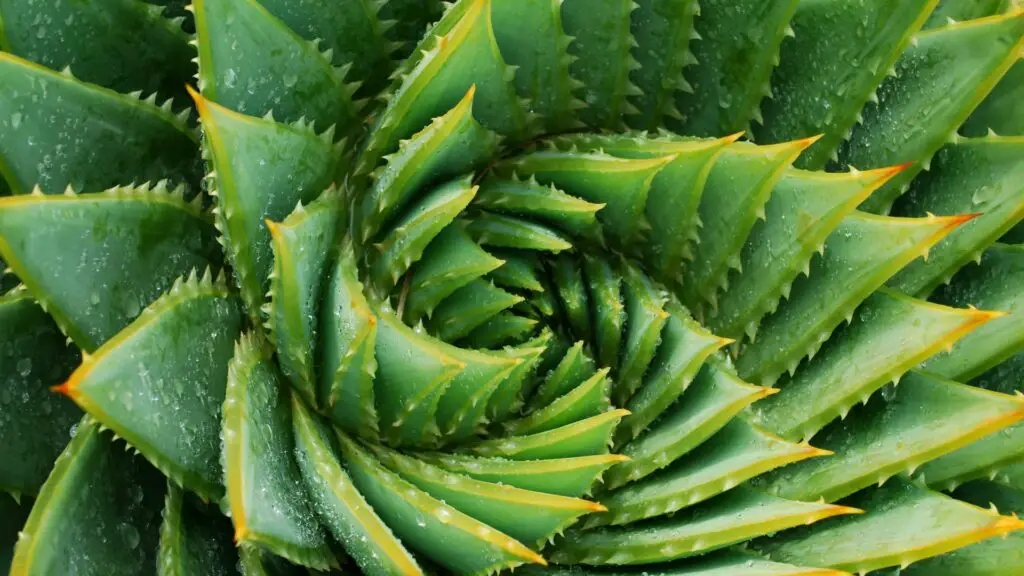
The perfect spiral, in which the leaves are arranged either clockwise or anti-clockwise in five spiral rows and are somewhat egg-shaped to elongated, green with a purple tip and tapering to a point at their ends, is the most eye-catching feature of aloe polyphylla. It is one of the few species that can withstand extreme cold.
The plants have no stems and are rarely numerous, however they do grow in dense clusters. Due to a lack of habitat, they have declined in the wild and are now classified as endangered. Because the plants can not generate offshoots, natural regeneration occurs from seeds.
Aloe striata
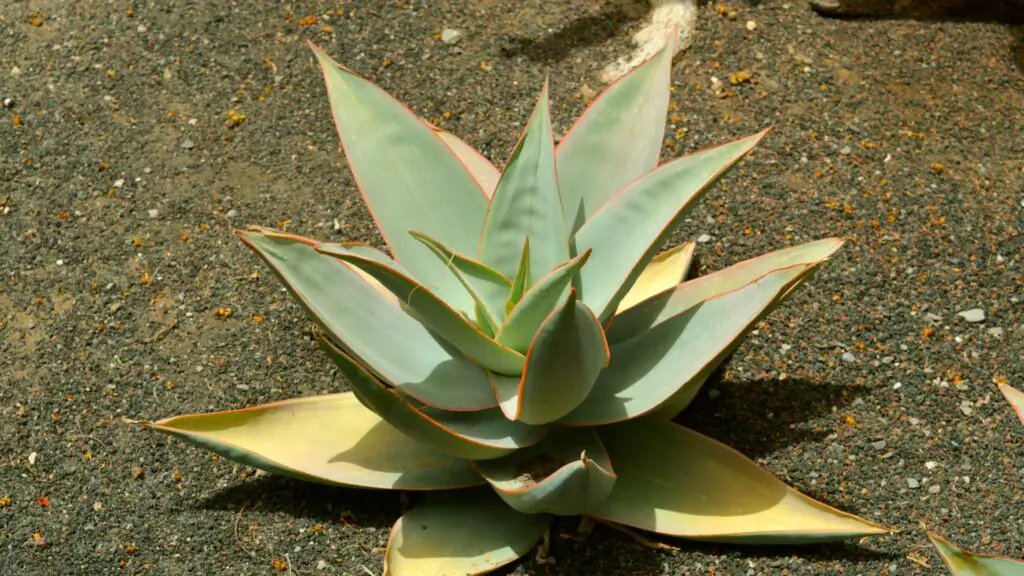
It’s an Aloe species that forms stems. In just two years, Aloe striata grows from a little seedling to a full 2-foot blooming plant. Aloe striata features gorgeous red-orange blooms and rosettes of thick blue-green leaves that stay solitary without offshoot.
The original species’ (several hybrids exist, such as Aloe striata) leaves are smooth and spineless, with a bluish-green tint. The margins of the leaves are crimson or white, and they can tinge pink in cooler temperatures or when stressed. The blossoms have a bright coral red colour.Coral Aloe is another name for Aloe striata.
Aloe Aculeata

These creeping plants have no trunk and can grow up to 70 centimetres in length. The thick, spiny leaves are roughly 60 centimetres long and 12 centimetres broad and are grouped in a huge rosette. Thorns cover the upper and bottom surfaces of the leaves, and each thorn grows from a stout root that is lighter in colour than the rest of the leaf, giving it a speckled look.
Aloe broomii
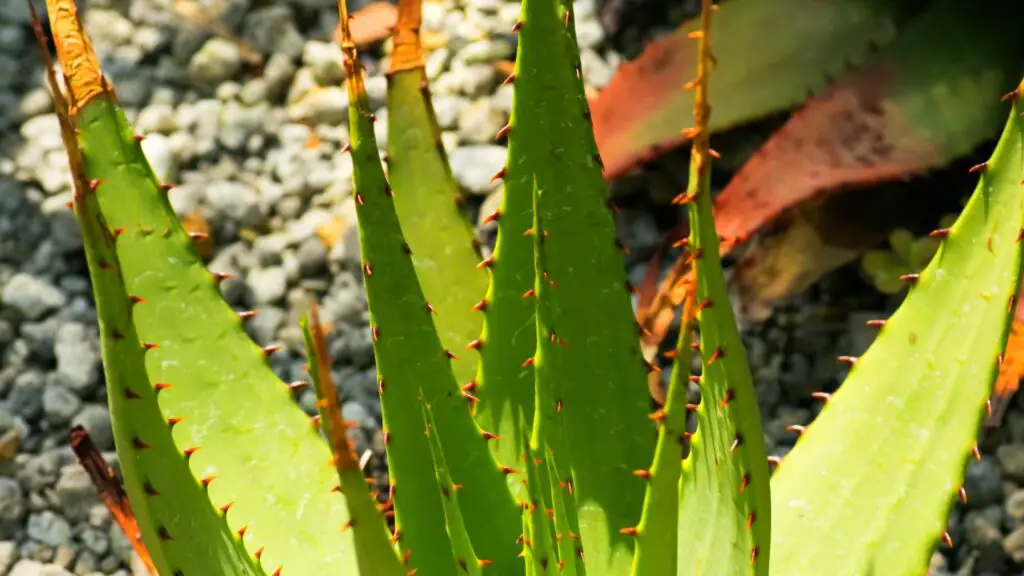
These plants are native to South Africa and may grow up to one metre in height. The stem is quite short, and the leaves are 30 centimetres broad with brownish tips, narrowing to only 10 centimetres wide near the leaf base.
Flowers range in colour from pale to lemon yellow and may reach a height of 150 cm.
Aloe chabaudii
This species originated in Africa.Dwala Aloe is a clustering succulent that creates enormous colonies of turquoise green rosettes and is easy to cultivate. The leaves have tiny, spiky edges, and when exposed to sunlight, the tapering leaves take on a pinkish colour.
The leaves of young plants have white spots on them that go away as the plant matures. Flowers are orange-red, tubular, and grouped in a branching inflorescence, and nectar-loving birds and insects seek them out in the winter. This aloe resembles Aloe globulogemma when it blooms.
Types of aloe vera:
Aloe plants come in a variety of shapes and sizes. Barbadensis aloe, the most common Aloe plant (AL-oh vair-uh), is native to the Mediterranean region and the Arabian Peninsula.
Aloe Rosii – Aloe Deltoideodonta
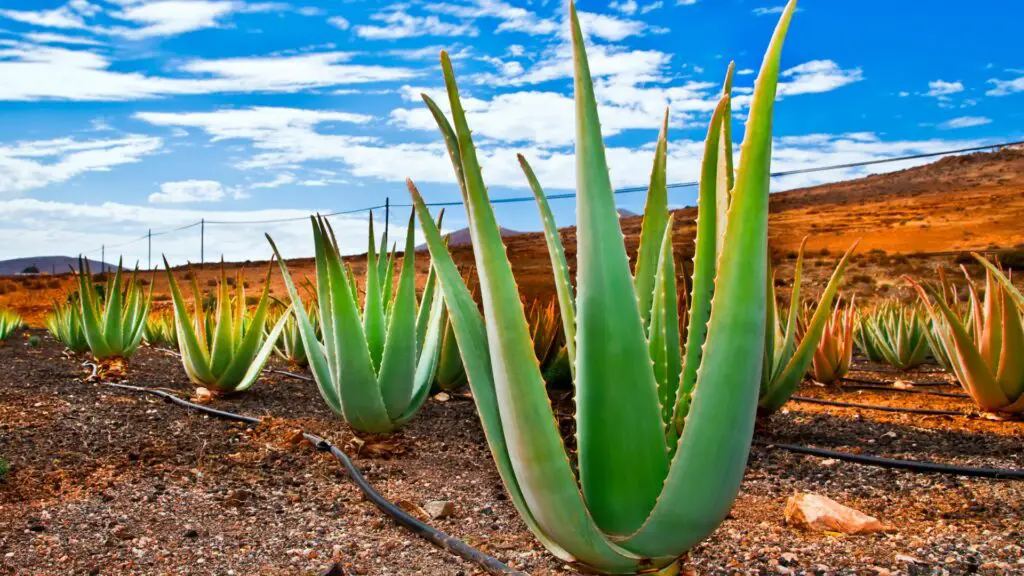
Aloe Deltoideodonta is a kind of aloe that grows in Madagascar’s south-central region. It has a distinctive star-like form and may reach a height of 12 inches, with each leaf measuring up to 8 inches in diameter. Aloe rosii thrives in direct or shady sunshine and requires minimal water to flourish.
It bears orange tubular blooms with white or green ends.
Spider Aloe (Aloe Humilis)
Aloe Humilis is an aloe species native to South Africa’s Eastern and Western capes. It’s sometimes called Hedgehog Aloe or Spider Aloe.
Its broad pointed curving leaves are covered with white dots and spiky bumps, giving it a cactus-like appearance.
Keep Humuilis away from standing water when landscaping. To maintain regular drainage, amend the soil with sand and compost.
Its broad pointed curving leaves are covered with white dots and spiky bumps, giving it a cactus-like appearance.
Lace Aloe Aristata Aloe
Aloe Aristata is a South African plant. It’s known for its rosette-shaped fleshy leaves with white bumps and bristles.
It’s perfect for folks who have desert gardens since it thrives in dry soil with good drainage. Water Lace Aloe plants periodically until they are fully established and ready to rely on the water contained inside their leaves. If you wish to enjoy the orange blossoms, keep it at temps above 50°F.
Climbing Aloe (Aloe Ciliaris)
Aloe Ciliaris is a South African plant that tends to be between 8 and 12 feet tall. It thrives in dry, drainable soil, either inside or outside in pots that receive full light. It prefers sand or gravel as a growing medium. It’s at risk of root rot if the soil drainage isn’t enough.
It’s preferable to cut its leaves during the dormant seasons because of its size.
Partridge Breast Tiger Aloe (Aloe Variegata)

Aloe Variegata is native to South Africa’s Northern Cape. Because of the white stripes that decorate its green leaves, it’s also known as “partridge breast tiger aloe.”
However, It thrives in warm regions and may blossom every year even in the dead of winter. Allow the soil to dry between waterings.
Tiger Tooth Aloe (Aloe Juvenna)
The plant Aloe Juvenna is endemic to Kenya. It bears fangs in the seams of its cluster of triangular leaves. It maintains its upright position and ultimately arches. Aloe Juvenna is a drought-resistant plant that thrives in both the sun and the shade.
It does not require continuous repotting because to its modest size. When the leaves have dried out, prune them. Although it is safe for people, it can be dangerous to dogs and cats if they eat it.
Fan Aloe_ Plicatilis
Aloe thrives in hot, dry summers and cold, rainy winters. Their leaves are thin and fan-shaped.
Give the plant direct sunshine during the winter. During the summer, move Plicatilis to partial shade to avoid scorching in hot weather.
Aloe hybrid:

In the wild, there are hundreds of different types of aloe, so there should be enough to choose from if you want to grow aloes for your home or garden. Aloe hybrids, on the other hand, are almost as many (if not more) than the aloe species. It’s been a long time since many of these hybrids have been in the nursery trade. There has been a big rise in the number and popularity of new hybrids that have been branded and sold all over. It’s hard to remember them all.
Humans aren’t the only ones who made aloe hybrids. If pollen is easy to get, many, if not all, aloe species will be able to mix. Natural hybrids, also called “Garden Origin” hybrids, can be found in different parts of Africa where different species live together.
Because native pollinators (sunbirds, bees, and other pollinators) aren’t very picky about which plants they like, hybrids should be expected to happen a lot. Most of these hybrids haven’t been “officially named,” which makes it impossible to learn more about them. Natural hybrids are hard to figure out because they are so random. They also vary a lot, making it impossible to figure out who the parents are.
Conclusion:
Finally, there are several plants that look like aloe vera and can be used as substitutes. The haworthia plant, for example, is a succulent with thick leaves that are blue-green in colour and have a festive aspect.
There are a lot of plants that people think are Aloe Vera, but they aren’t because they come from different places and have different properties. There is nothing better than an aloe vera plant for its beauty, aesthetic appeal, and healing abilities, so I’ll stay with it. In my list of plants that thrive in dry heat, aloes made the cut. But be aware that if they aren’t cared for properly, aloes may fall over.

Hi This is Maria, We are a team of gardening enthusiasts with a passion for gardening. We have tried to bring you tips and advice enabling you to grow and maintain a healthy and beautiful garden. We Hope You Find it Useful.

